Increased Focus on Customer Engagement
In the Video Banking Service Market, there is a heightened emphasis on customer engagement strategies. Financial institutions are recognizing the importance of building strong relationships with their clients, and video banking serves as a powerful tool in this regard. By leveraging video technology, banks can provide tailored services, address customer inquiries in real-time, and enhance overall satisfaction. Data suggests that banks utilizing video banking report a 30% increase in customer engagement metrics. This focus on customer engagement not only drives loyalty but also positions banks competitively in the market, making it a crucial driver for the Video Banking Service Market.
Regulatory Support for Digital Banking
Regulatory frameworks are evolving to support the expansion of digital banking services, including video banking. The Video Banking Service Market benefits from favorable regulations that encourage innovation and competition among financial institutions. For instance, many jurisdictions have introduced guidelines that facilitate the use of video identification and verification processes, which are essential for compliance and security. This regulatory support not only fosters trust among consumers but also incentivizes banks to invest in video banking technologies. As a result, the alignment of regulatory policies with technological advancements is likely to propel the growth of the Video Banking Service Market.
Growing Demand for Remote Banking Solutions
The Video Banking Service Market is experiencing a notable surge in demand for remote banking solutions. As consumers increasingly seek convenience and accessibility, financial institutions are compelled to adapt their services accordingly. A report indicates that approximately 70% of customers prefer digital interactions over traditional banking methods. This shift is driving banks to invest in video banking technologies, enabling them to offer personalized services while maintaining security. The ability to conduct face-to-face consultations remotely is appealing to both customers and banks, as it enhances customer satisfaction and retention. Consequently, the growing demand for remote banking solutions is a pivotal driver in the Video Banking Service Market.
Technological Advancements in Communication
The rapid advancement of communication technologies is significantly influencing the Video Banking Service Market. Innovations such as high-definition video streaming, secure encryption protocols, and artificial intelligence are enhancing the quality and security of video banking services. These technological improvements enable banks to offer seamless and efficient interactions with customers, thereby increasing the appeal of video banking. Furthermore, the integration of AI-driven chatbots within video banking platforms is streamlining customer service processes. As technology continues to evolve, it is likely to further transform the Video Banking Service Market, making it a key driver of growth.
Shift Towards Personalized Banking Experiences
The Video Banking Service Market is witnessing a shift towards personalized banking experiences, driven by changing consumer expectations. Customers are increasingly seeking tailored financial solutions that cater to their unique needs. Video banking allows financial institutions to provide personalized consultations, enabling them to understand customer preferences better and offer customized products. Research indicates that personalized services can lead to a 20% increase in customer satisfaction. As banks strive to differentiate themselves in a competitive landscape, the focus on personalized banking experiences is emerging as a vital driver in the Video Banking Service Market.


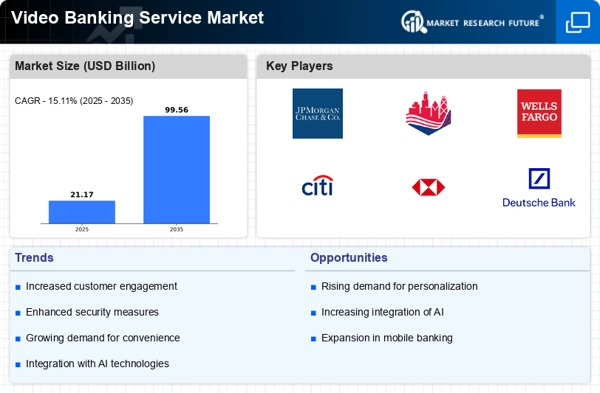
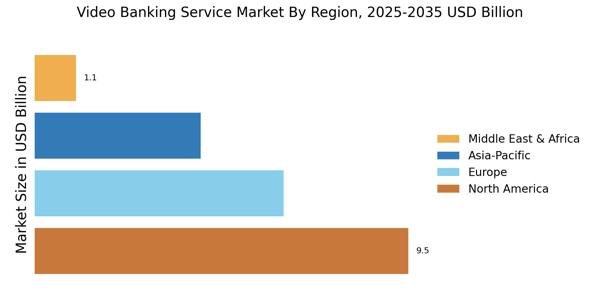

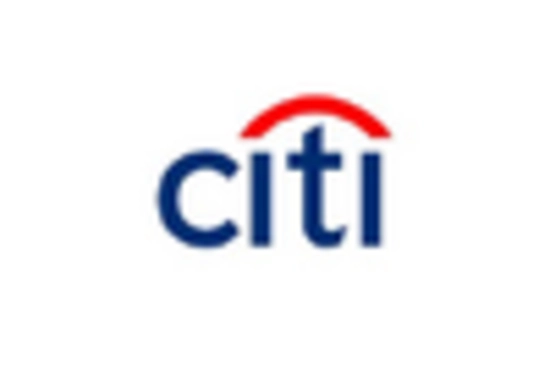
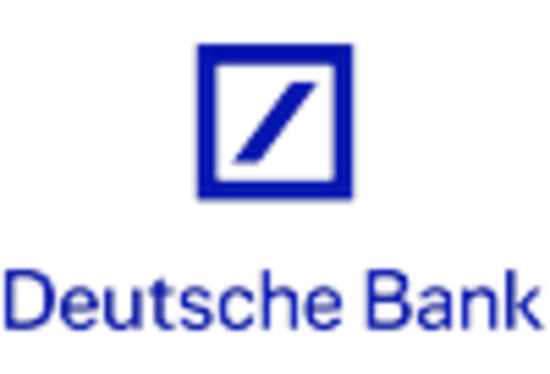
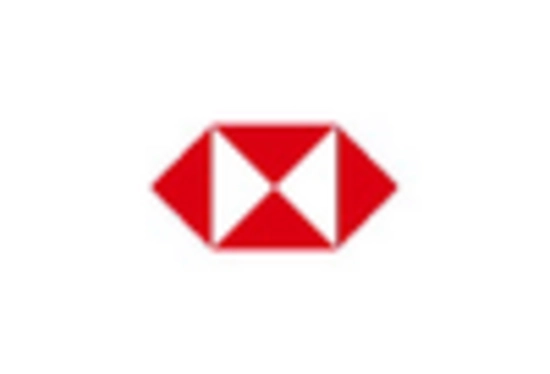

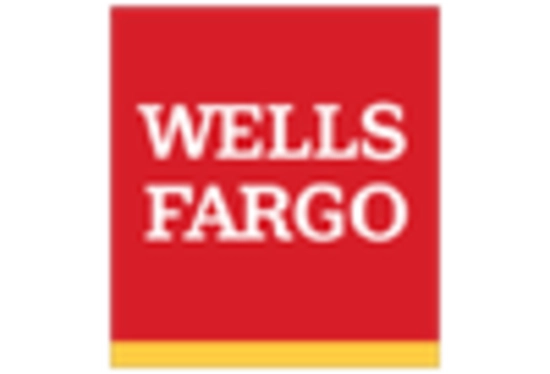








Leave a Comment